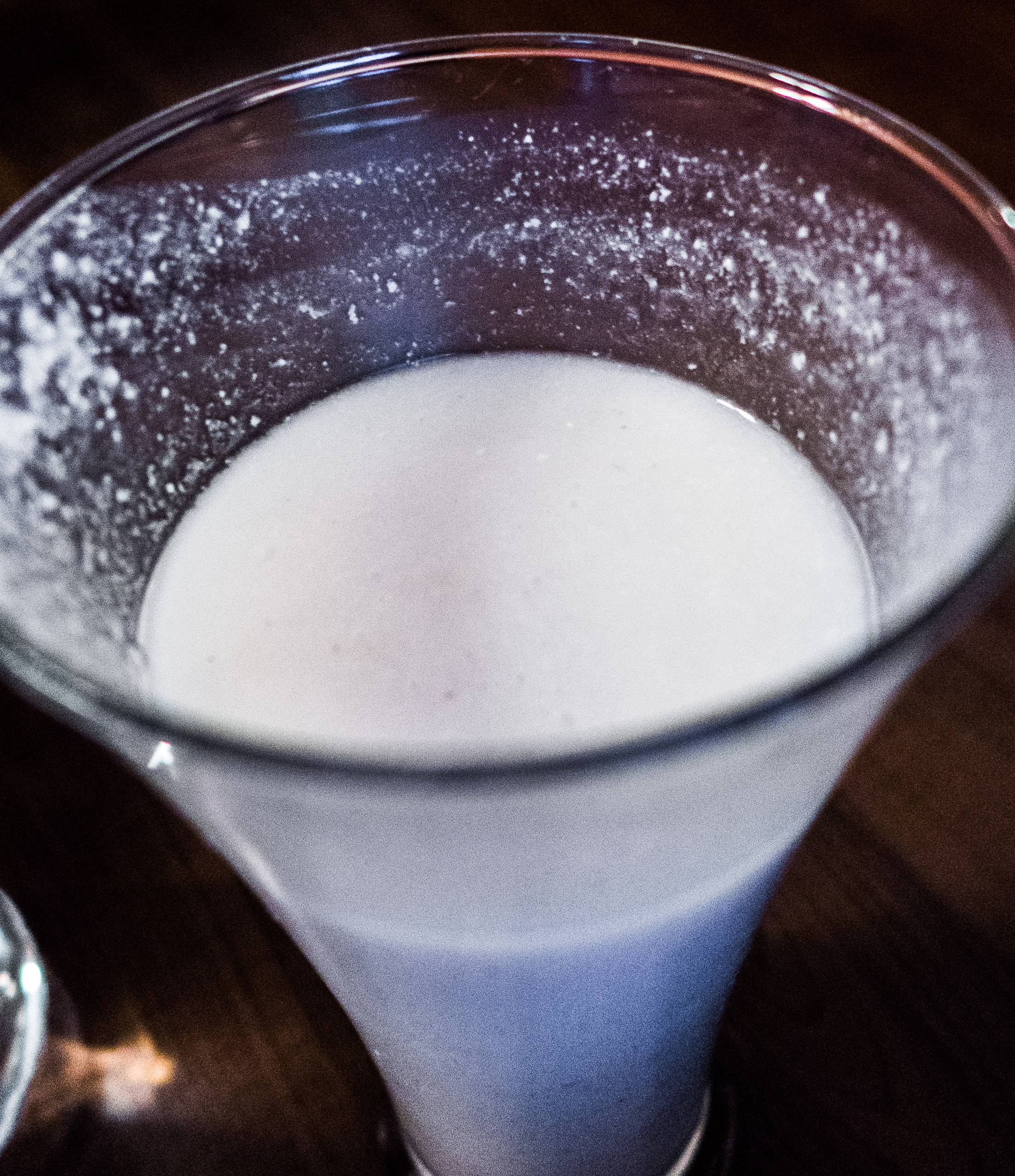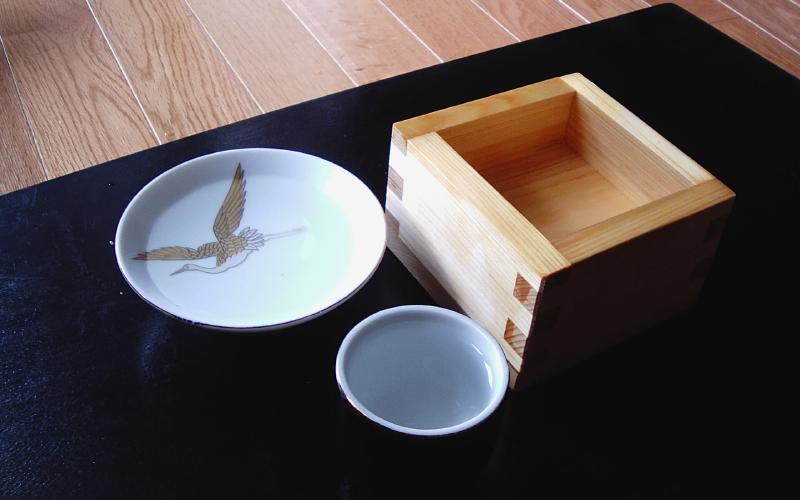Throughout history, people across civilizations crafted drinks that did more than just quench thirst—they brought people together. Some of the world’s oldest alcoholic beverages reveal a deep connection to culture, ritual, and community. These ancient brews originated in diverse regions, each with unique ingredients and brewing methods. Here’s a closer look at some of the oldest alcoholic drinks that continue to inspire today.
Mead

Mead, one of the oldest alcoholic drinks, dates back to 7000 BCE in China. This honey-based drink was enjoyed by ancient cultures across Europe, Asia, and Africa. Its sweet, floral flavors come from the fermentation of honey, water, and sometimes fruits or spices. Mead was not just a drink; it often held symbolic importance in religious and social rituals. Different regions adapted the drink with local spices and fruits, creating unique variations. Ancient Greeks and Vikings especially treasured it, believing it was a “drink of the gods.” Today, it remains popular, particularly among enthusiasts of traditional brewing.
Sura (Ancient Indian Rice Beer)

Sura, an ancient Indian rice beer, originated around 3000 BCE in the Indus Valley. This early beer was made by fermenting rice with a blend of spices, giving it a distinctive flavor. It was closely tied to Indian rituals and celebrations, often enjoyed at festivals and social gatherings. Sura holds a significant place in Indian history and was popular among kings and warriors. It was highly regarded in Vedic texts, which mention its use in offerings and ceremonial events. Today, while Sura isn’t widely consumed, its legacy lives on in India’s brewing traditions.
Chicha (South American Fermented Corn Drink)

Chicha is a corn-based alcoholic beverage dating back to pre-Incan civilizations around 5000 BCE in South America. It’s particularly associated with Andean cultures, including the Inca Empire. Traditionally, chicha was made by chewing corn to kickstart fermentation with natural enzymes before mixing it with water. This drink held deep cultural and spiritual significance and was often consumed at religious festivals. The taste varies from region to region, depending on the specific corn and fruits used. Today, chicha is still enjoyed in certain South American regions, carrying on the traditions of its ancient roots.
Pulque (Aztec Fermented Agave Drink)

Pulque is an ancient Aztec drink, dating back to at least 200 CE, made from fermented agave sap. Indigenous to central Mexico, pulque has been deeply embedded in Aztec culture for centuries. It was especially valued in religious rituals and was even reserved for priests and nobility. The drink has a slightly sour, milky flavor due to its natural fermentation process. Pulque was seen as a divine drink, often associated with the Aztec gods. Today, pulque is experiencing a resurgence in Mexico, celebrated as a connection to the country’s pre-Hispanic heritage.
Chang (Tibetan Barley Beer)

Chang is a traditional Tibetan alcoholic drink with origins dating back to approximately 1000 BCE in the Himalayan regions of Tibet and Nepal. It’s made by fermenting barley and sometimes rice or millet, creating a mild, slightly sour beverage. Chang plays a central role in Tibetan and Nepalese culture, often enjoyed at festivals, ceremonies, and social gatherings. The drink is mildly alcoholic and is served warm in cold climates, making it a favorite during harsh winters. Its importance goes beyond refreshment, symbolizing hospitality and friendship. Today, chang remains a cherished part of Tibetan and Himalayan traditions.
Kvass (Eastern European Fermented Bread Drink)

Kvass, a fermented bread drink, has origins in Eastern Europe, with evidence dating back to around the 10th century in medieval Russia. Made by fermenting dark rye bread, kvass has a slightly sour, tangy taste. This drink became a staple among peasants for its refreshing and mildly alcoholic qualities. Kvass was often flavored with fruits or herbs, depending on the region. Over centuries, it evolved into a cultural staple, consumed widely across Russia, Ukraine, and Belarus. Today, kvass is still popular in Eastern Europe, celebrated as a drink deeply tied to regional history.
Saké (Japanese Rice Wine)

Saké, known as Japanese rice wine, dates back to around 300 BCE. Its origins lie in Japan, where it has long been a revered drink. Made by fermenting rice, saké has a distinct flavor profile, ranging from sweet to dry. Initially, it was produced in temples and used in religious ceremonies. This drink held a special place in Japanese culture as an offering to deities. Over centuries, saké production became an art form with regional variations. Today, saké remains celebrated worldwide for its unique taste and deep cultural roots.
Huangjiu (Chinese Rice Wine)

Huangjiu, or “yellow wine,” is a traditional Chinese rice wine with origins around 3000 BCE. It is made by fermenting glutinous rice with wheat-based yeast, creating a mild, slightly sweet taste. This drink was particularly popular among the nobility and used in rituals and festivals. Over time, it evolved with regional flavors and brewing methods. Huangjiu was also used for medicinal purposes in ancient China, prized for its warming properties. Today, it remains an important part of Chinese culinary and cultural traditions, especially in Eastern China.
Shōchū (Japanese Distilled Beverage)

Shōchū is a Japanese distilled beverage with origins around the 16th century in Kyushu, Japan. Made from ingredients like barley, sweet potatoes, or rice, this drink has a unique, mild flavor profile that varies based on the base ingredient. Shōchū became popular due to its lower cost compared to saké, especially in regions where rice was scarce. Traditionally, it is enjoyed neat, on the rocks, or diluted with water. Its versatility and distinctive taste make it a staple in Japanese culture. Today, shōchū is widely appreciated both in Japan and internationally.
Rakija (Balkan Fruit Brandy)

Rakija is a fruit brandy originating in the Balkans, dating back to the 14th century. It is made by fermenting and distilling fruits like plums, grapes, or apricots, giving it a strong, fruity flavor. Rakija holds a deep cultural significance across Balkan countries, often homemade and shared at gatherings. Traditionally, it is served as a welcome drink and a symbol of hospitality. This potent beverage is also used for medicinal purposes, believed to ward off ailments. Today, rakija remains a cherished drink throughout the Balkans, connecting generations through tradition.
This article originally appeared on Rarest.org.
More from Rarest.org
20 Forgotten Classic SUVs That Are Now Highly Sought After

In the world of classic cars, SUVs have become increasingly popular among collectors for their rugged designs, off-road capabilities, and nostalgic appeal. Read More.
20 Designer Handbag Labels That Set the Standard for Sophistication

When it comes to designer handbags, certain labels have cemented their place as the ultimate symbols of luxury and sophistication. Read More.
16 Mysterious Creatures That Dwell in the World’s Darkest Caves

Deep beneath the Earth’s surface lie hidden worlds shrouded in perpetual darkness. These shadowy caves harbor some of the most mysterious and fascinating creatures on the planet. Read More.
